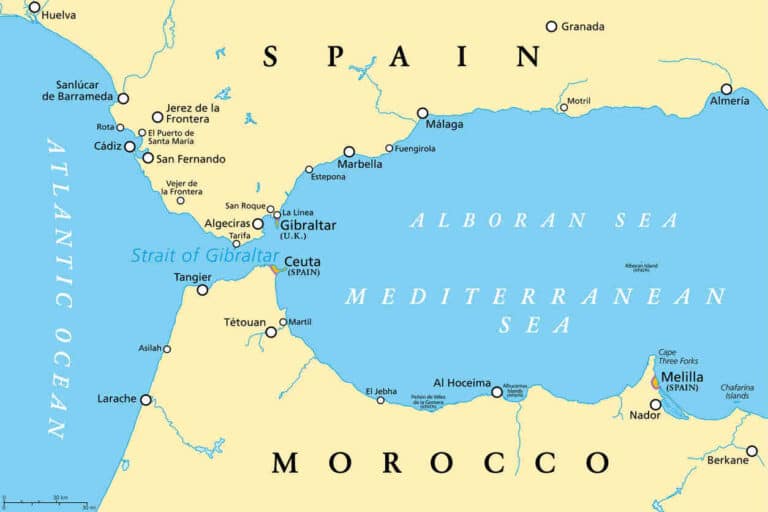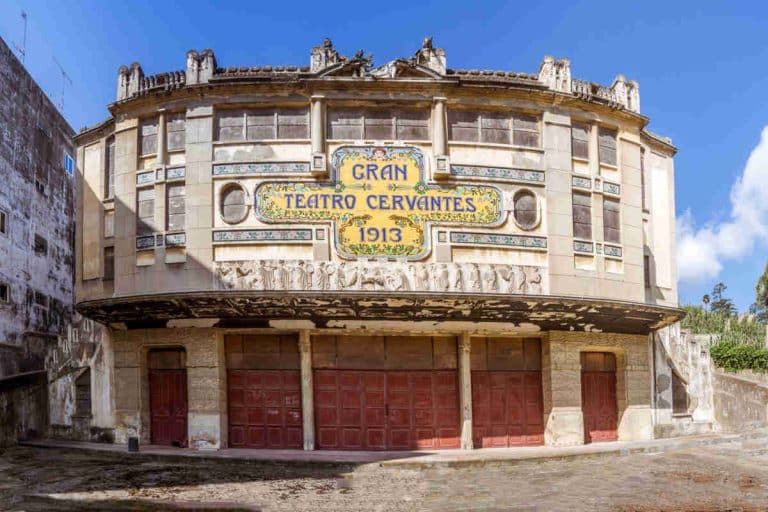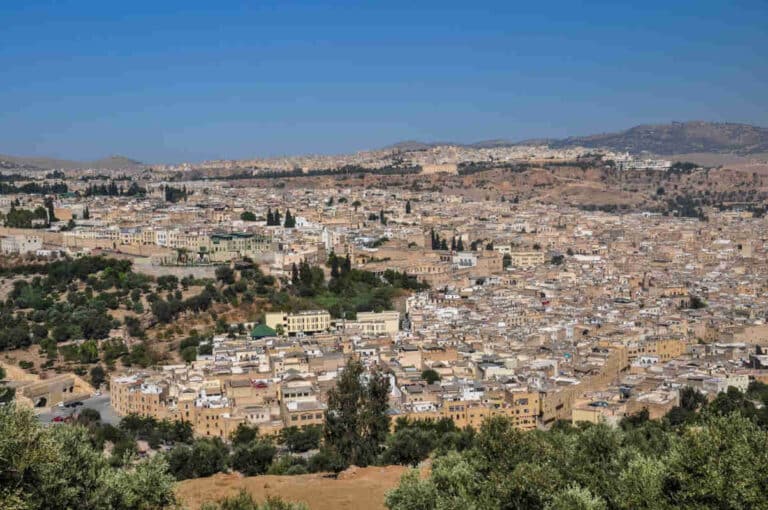One of the characteristics of the architecture of Morocco and of the Muslim world in general is that its interior is often richer than its exterior. its interior is often richer than its exterior. Probably due to the zeal for privacy and the little desire for ostentation of the Islamic culture, the entrance to a building is usually a pleasant surprise for the visitor. In the 5 monuments of Morocco that we present here, this is especially evident. If you really want to admire its beauty, be sure to come in!
Saadi Tombs, in Marrakech
The Saadian dynasty (XVI and XVII centuries) was one of the most splendorous that gave Marrakech, as he chose it as the capital to rule the kingdom. And, therefore, his pantheon reflects this perfectly. The Saadi Tombs are located next to the mosque of the kasbah and consist of two pavilions. The most imposing, without a doubt, is the one dedicated to the Sultan Ahmad al-Mansur and his closest family, in a large colonnaded room with Carrara marble. The walls, covered with tiles, are a perfect artistic pairing.
Madrasa Attarine, in Fez
Fez is the cultural and religious capital of the country. And although it is not possible to visit the mosques, it is possible to access the madrasas or medersas (Koranic schools), which allows us to understand the spirituality of this society. It has several, but perhaps the Attarine is the best preserved. Its elegant courtyard decorated with mosaics and Arabic calligraphy or the spectacular cedar wood ceiling are spaces that leave no one indifferent.
Mausoleum of Mohammed V, in Rabat
Again, a visitable mausoleum. And although this one dedicated to the last Alaouite kings is more recent and houses fewer tombs than the Saadian ones, this monument in Rabat is well worth a visit. Its exterior architecture, made of neo-Hispanic-Muslim styleThe house is elegant and refined, with Italian marble cladding and green tiles. But its interior is striking because, in addition to the usual tiles and cedar wood roofing, a gold gilded coating is added and elements in an exotic material: Pakistani white onyx. In addition, the visual effect is impressive, since the main space where King Mohammed V (the architect of the country’s independence) rests can only be seen from an elevated viewpoint.
Kasbah of Taourirt, in Ouarzazate
This typically Berber building is worth admiring from the outside, for its humble but monumental adobe architecture with decorative details in chiaroscuro. But if you have the opportunity to enter this kasbahyou will complete the experience. Much of its original decoration has been lost, but what remains serves to understand the opulence and refinement it sought to achieve. Thami el GlaouiPasha of Marrakech and Sultan of the Atlas, owner of the enclosure, which was a palace and defensive fortress. palace and defensive fortress at the same time. The meticulousness of the plaster reliefs mimic the laborious woodwork of the ceiling and windows.
Hassan II Mosque, in Casablanca
Of these 5 monuments, this is perhaps the one with the greatest external impact, especially because of its large dimensions: its central building is 20,000 m2 and its minaret is about 200 meters high and is one of the tallest in the world. But its interior, as in the other four cases, surpasses in refinement and beauty its exterior, where its numerous craftsmen worked the typical materials of the Moroccan culture: wood and carved stucco and tiles (zellige). There are also mosaic details and marble fountains in the ablutions courtyard. In addition, the value of the Murano glass chandeliers (Venice) in his prayer room. Undoubtedly, a monument to visit inside because it is practically the only mosque that can be accessed by non-Muslims.




